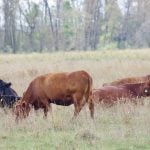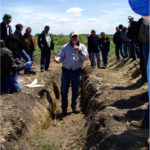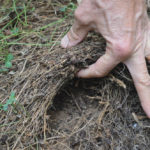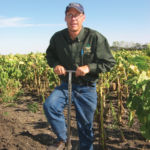
Tag Archives Soil

Manitoba sees changing erosion landscape
Manitoba may not have a lot of topography but Dr. David Lobb says it’s enough for tillage erosion, especially as soybeans expand

Better soil health could capture more carbon
A recent study says changing farming practices could capture as much carbon as the global transport sector emits

Winners of Canada’s Outstanding Young Farmers for 2017 celebrated

Mixing and matching inputs and rotations
Brandon researchers spent 18 years combining three different input levels and crop rotations to study the impact on nutrients, soil quality, yield and implications for climate change

Protecting plants from winter damage
You’ll be glad you did when you see healthy plants come back in the spring

Manitoba Organic Alliance names agronomist
Katherine Stanley will take on the term position over the next year

Night of the living mulch
It’s more fairy tale than horror story, according to researchers studying the technique

Measuring tillage impact
There may be a middle path that gives the best results

Broadcasting nitrogen in fall least efficient approach
It’s also the least environmentally friendly

Getting a jump on fall fertilizer
Recent rain may alter farmers’ plans, just like a dry year to date has


